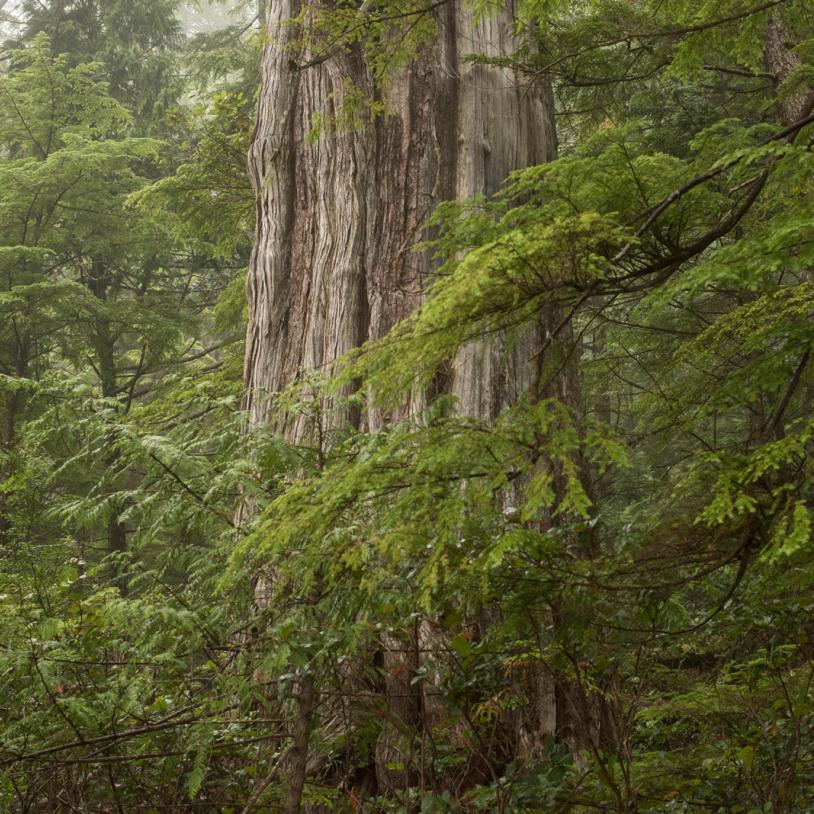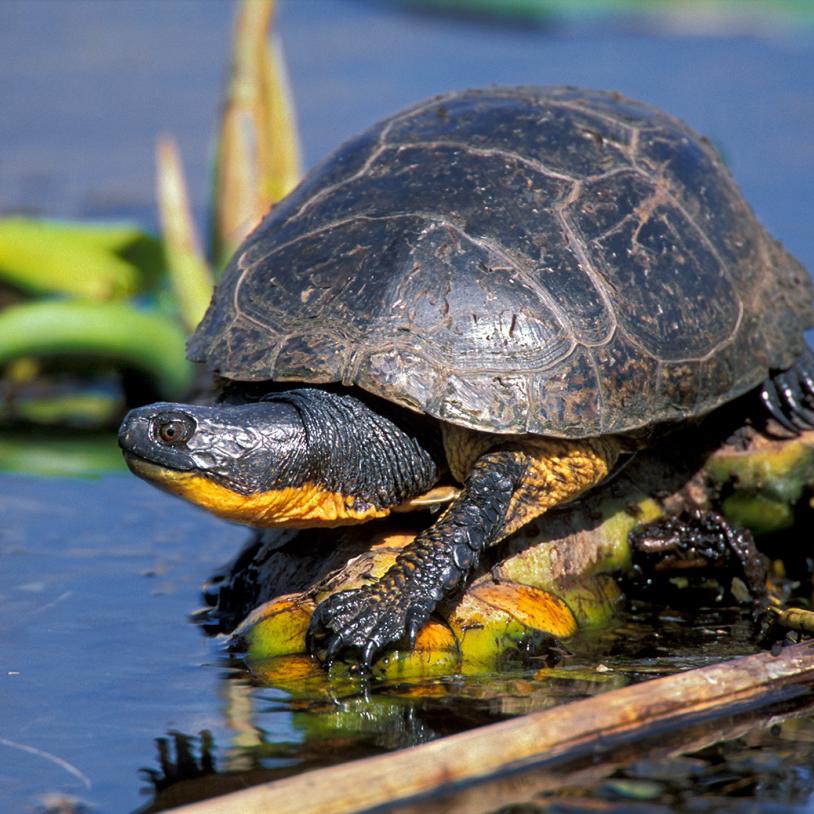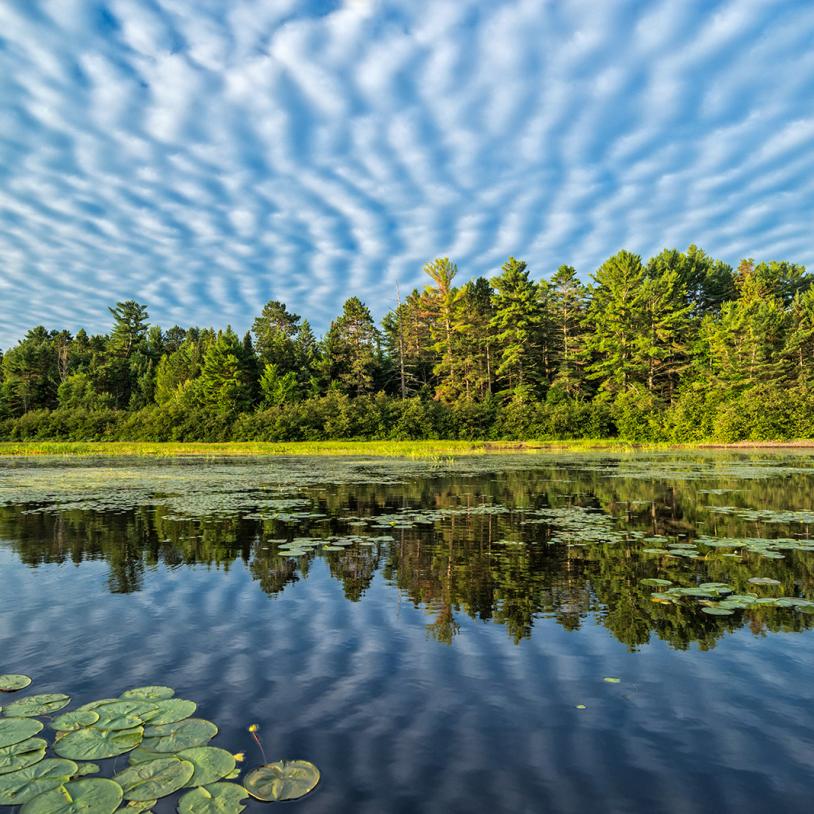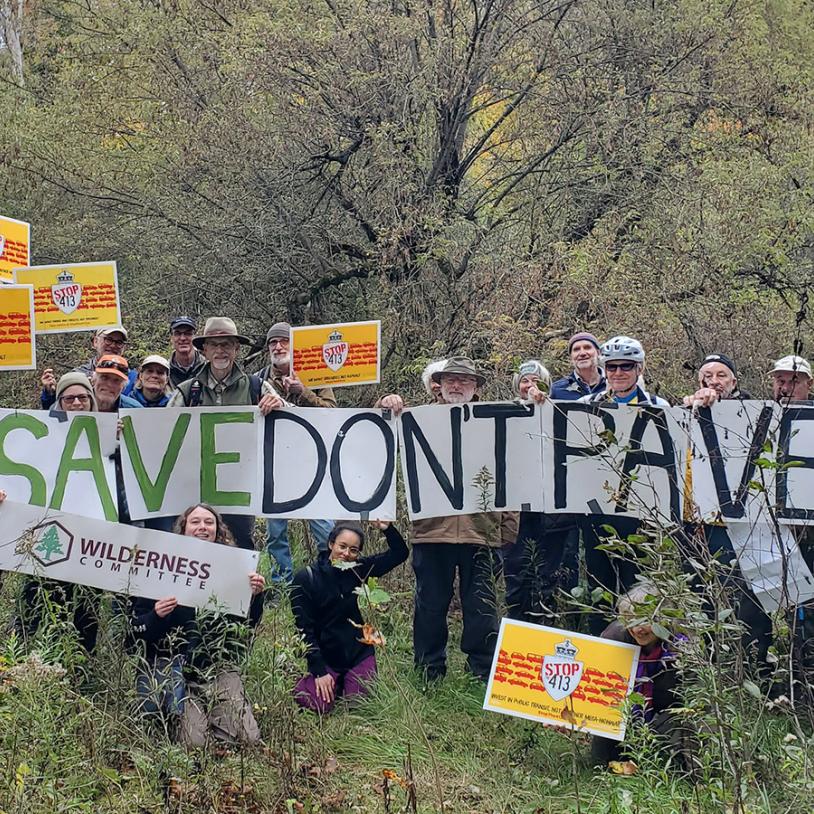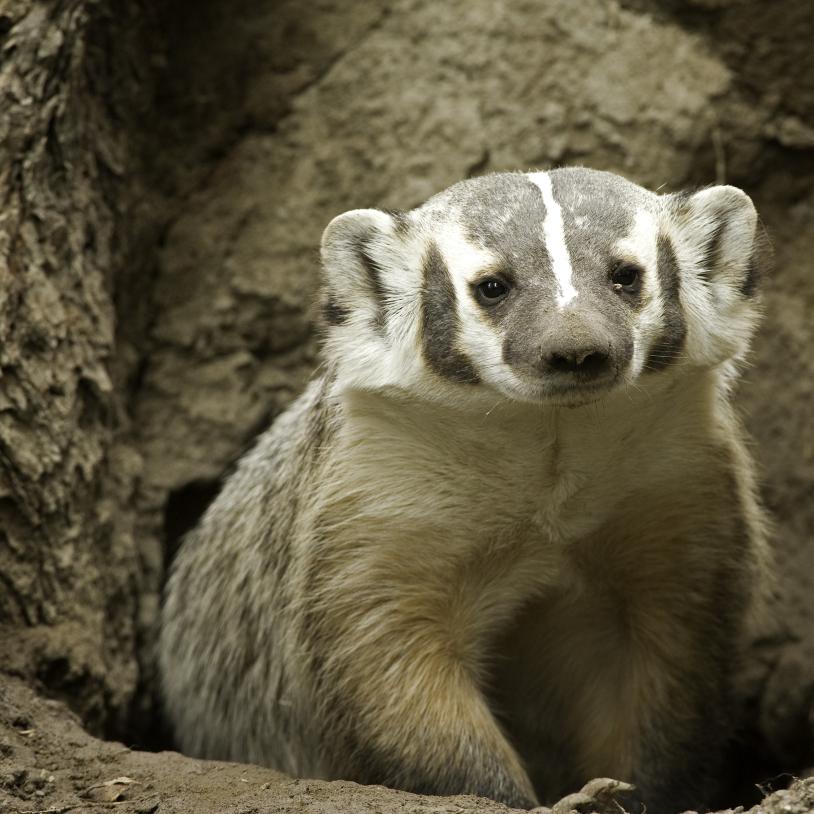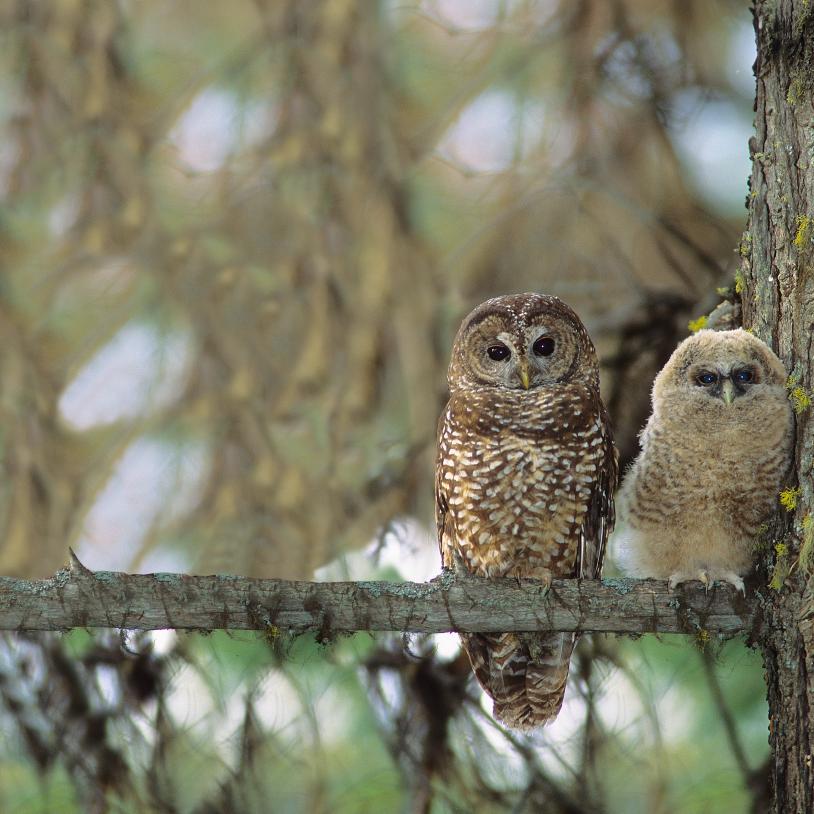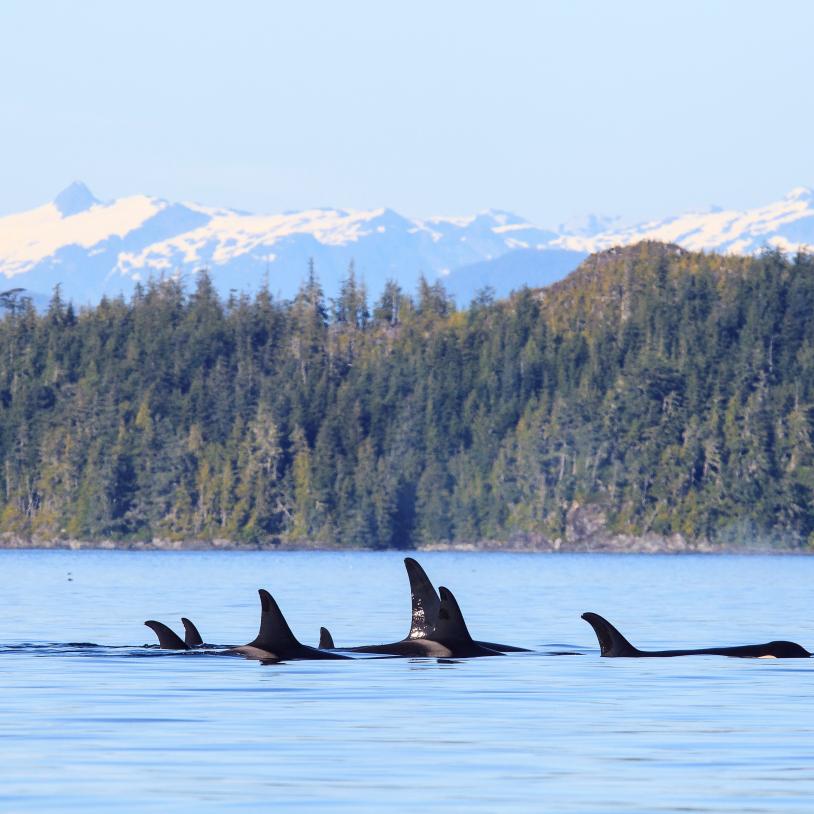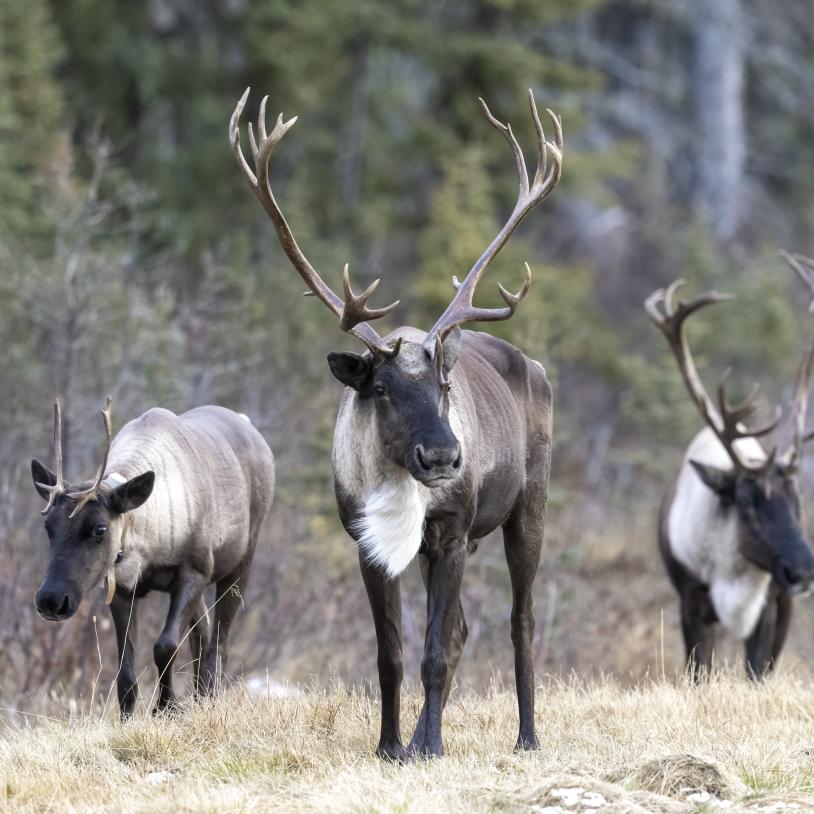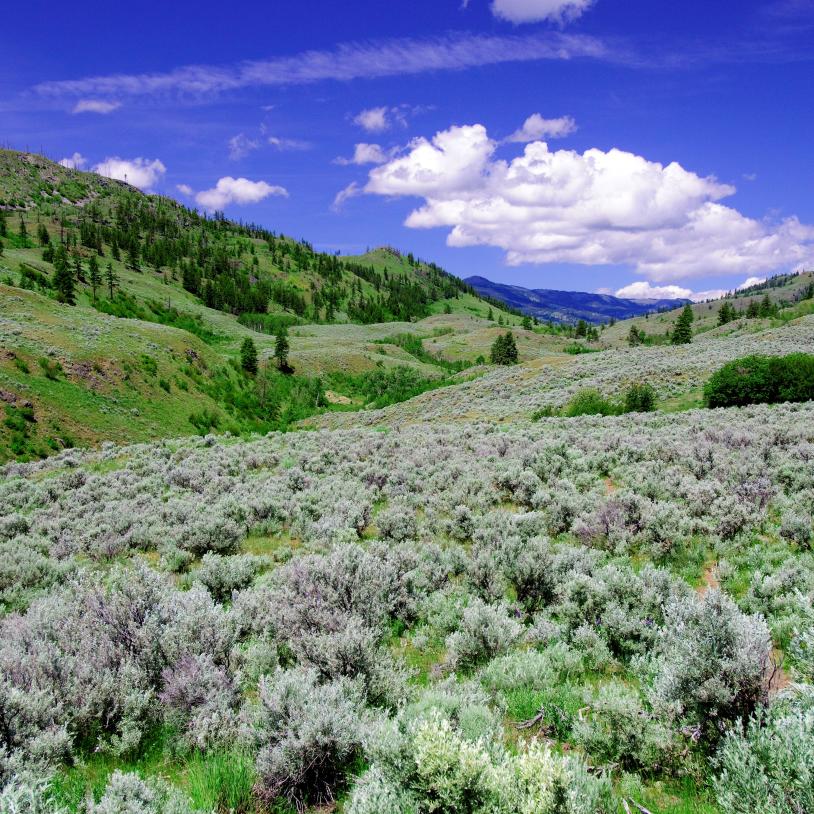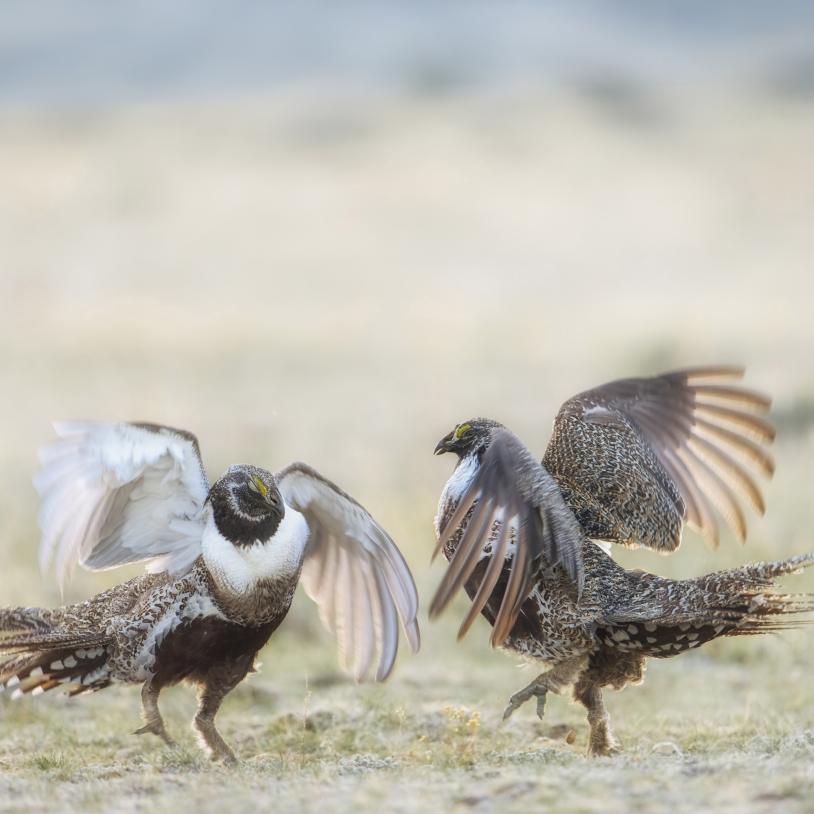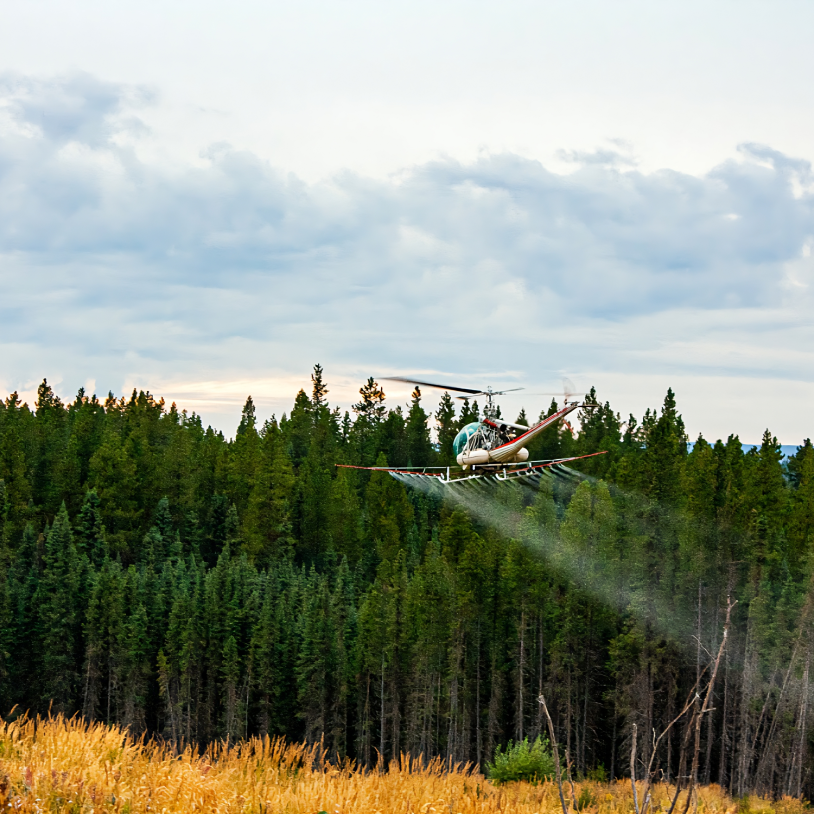Our Work
We protect nature's future with people power
Let’s be honest, we depend on nature for pretty much everything. Clean air, safe drinking water, the food on our tables, the places we go to escape the hustle and bustle of everyday life. When life-giving ecosystems collapse, the outcomes are grave.
For as long as industry is a force for environmental harm, we’re here to fight back. Our campaigns hold governments accountable to their conservation and climate action promises. We move thousands of activists and allies to take informed action with original research and accessible educational tools. And to ensure we’re protecting the right places, in the right way, we’re guided by strong partnerships with local First Nations, who have stewarded these lands with care for thousands of years.
Our Impact Areas
Life-giving biodiversity is worth preserving. Explore the ways we’re making sure our planet thrives, now and long into the future.
We Work Across Canada
Nature isn’t bound by borders and neither are we. Less than 15 per cent of lands and waters in Canada are protected and more than half of wildlife species are in decline. We’re pushing governments to take their commitments to double this by 2030 seriously, to stem the dual crises of biodiversity loss and climate change and ensure the well-being of future generations.
Ways We Work
Everyone deserves to live on a healthy planet, no matter who they are. Our work puts those most impacted by the effects of climate change and biodiversity loss first, including Indigenous peoples and others facing systemic barriers.
We bring our educational research and publications to supporters, decision makers and the public to inspire learning and action when it comes to policy change for nature protection and climate justice.
In activism, you don’t get far without friends. When we say people powered, that includes the incredible groups we work with and the strong relationships we’ve built over decades of advocacy and hard-fought campaigns.
Discover Our Campaigns
Join Us
Don’t miss your chance to make a difference. Receive campaign updates and important actions you can take to protect wildlife, preserve wilderness and fight climate change.









